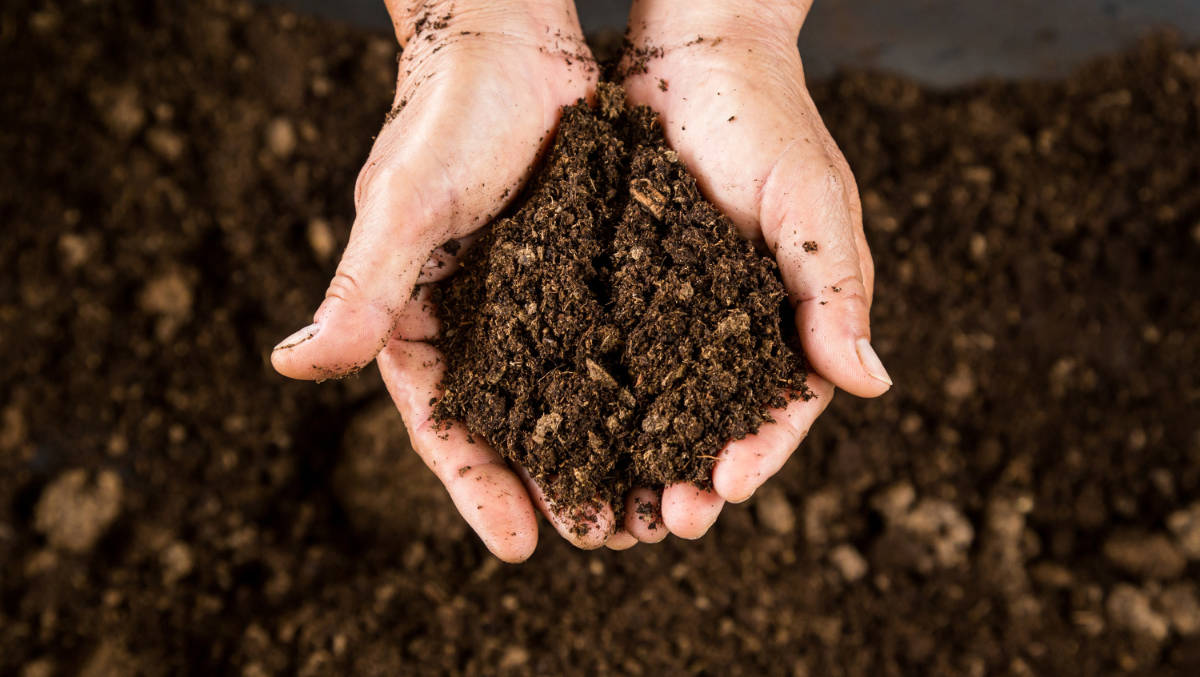No time or room to make your own compost, and want to know how to use compost effectively? Here’s our guide for how choose from the different types of compost for your garden, and where best to use it.
How to use compost guide
As spring approaches, we’ll be sowing, planting, mulching and digging – but which compost do we need for each job? To keep things simple, be aware that there are basically two types: Soilless and soil-based.
Soilless
These types are ideal for quick-growing crops or annuals in pots, where the plants are only going to be in the pot or container for a year. These are mainly made up of organic matter such as bark, coir, green waste, paper, leafmould and sawdust, with added nutrients and water-retaining agents.
Soil-based
These are better for planting trees or growing permanent specimens in containers, such as shrubs or perennials. They are sold under the John Innes formula and are made from a mixture of loam, sand or grit and peat, with plant foods added.
Each John Innes number contains progressively more feed:
- John Innes No. 1 – good for pricking out or potting up young seedlings
- John Innes No. 2 – has more nutrients and is used when potting up small plants and vegetable plants in containers
- John Innes No. 3 – ideal for mature plants, permanent plantings in pots and when planting trees and shrubs.
Here’s what you need to know about the different types of compost available…
Multi-purpose compost
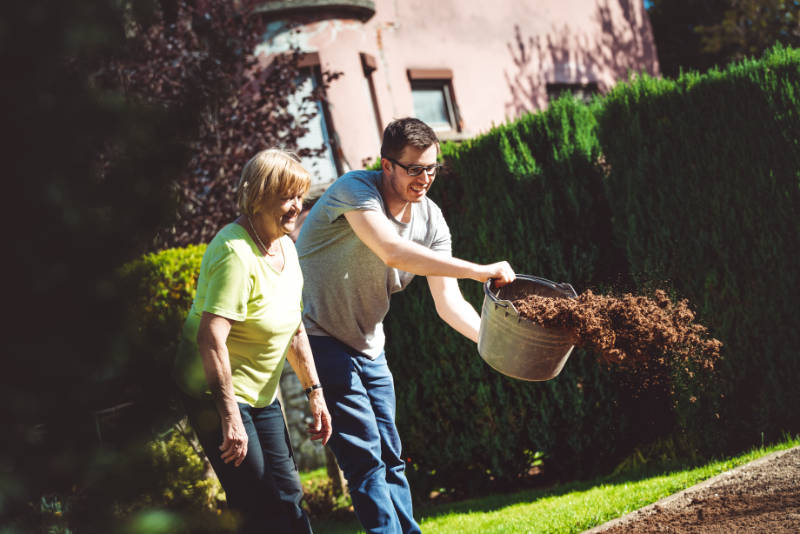
This is the most versatile type, which can be used to dig in and enrich beds and borders, as well as plant up containers. There are many which contain blends of ingredients, including plant foods which can feed your plants throughout the season, water-retaining properties and added John Innes.
Peat-free compost
Many gardeners are opposed to composts containing peat because they continue to deplete British peat bogs, although historically, peat has been used because it’s good at holding water and retaining nutrients.
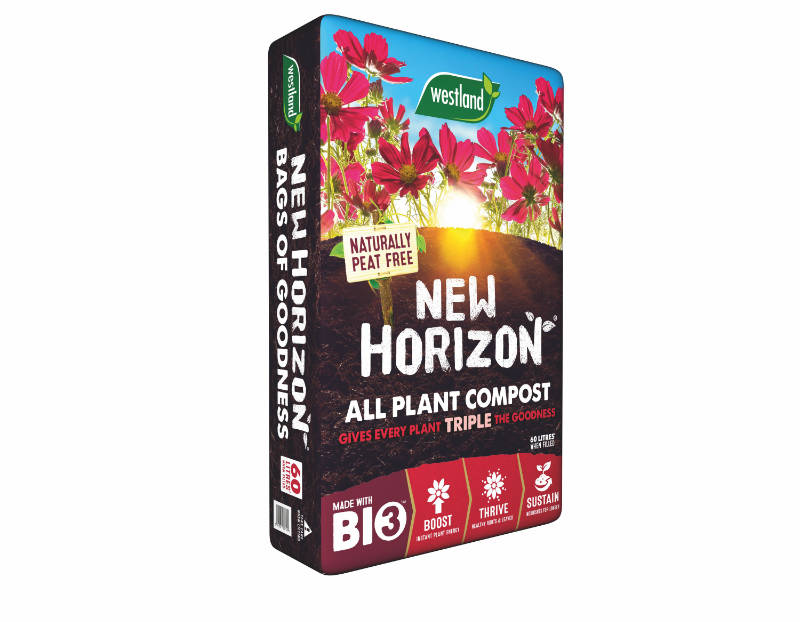
Some gardeners argue that plants grow better in peat-based products, but others insist that if you adapt to the properties of peat-free, you should be fine.
Peat-free composts generally retain water better, which is great in hot summers, but can lead to rotting plants in wet winters. So add grit to your peat-free compost before planting to enhance drainage and water your plants little and often during the summer, rather than completely soaking them once a day.
Check the wording on the bag – if it doesn’t say ‘peat-free’ then it generally isn’t. Marketeers may use wording such as ‘environmentally friendly’ and ‘organic’, but that doesn’t necessarily mean it’s peat-free.
Recommended: Peat-free compost guide – make your garden peat-free in 2020
Ericaceous compost
Acid-loving plants including camellia, azalea, rhododendron and heather are best planted using ericaceous compost. If you are planting them in a flower bed that naturally has alkaline soil, they are likely to suffer, as sooner or later the ericaceous compost will lose its efficacy and the original soil make-up will seep through.
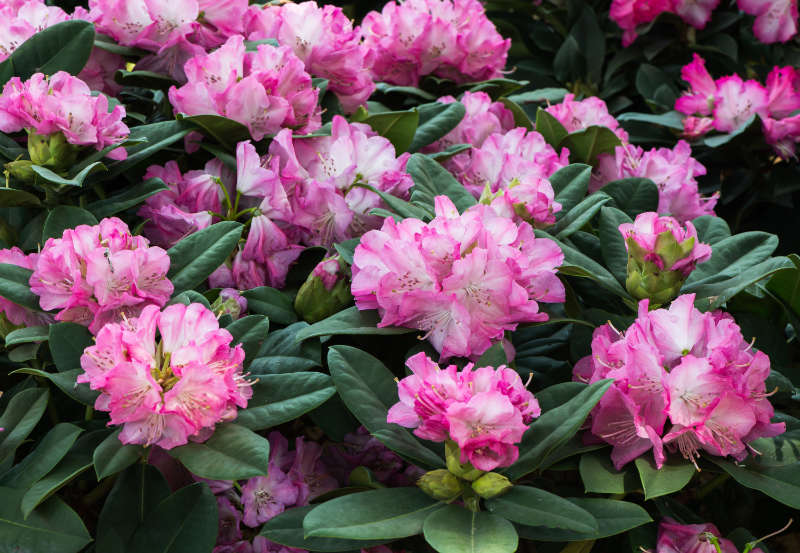
It’s often better to choose plants that will like your existing soil, rather than trying to adapt unsuitable plants using specific composts. If you love azaleas but don’t have acid soil, consider planting them in pots using ericaceous compost.
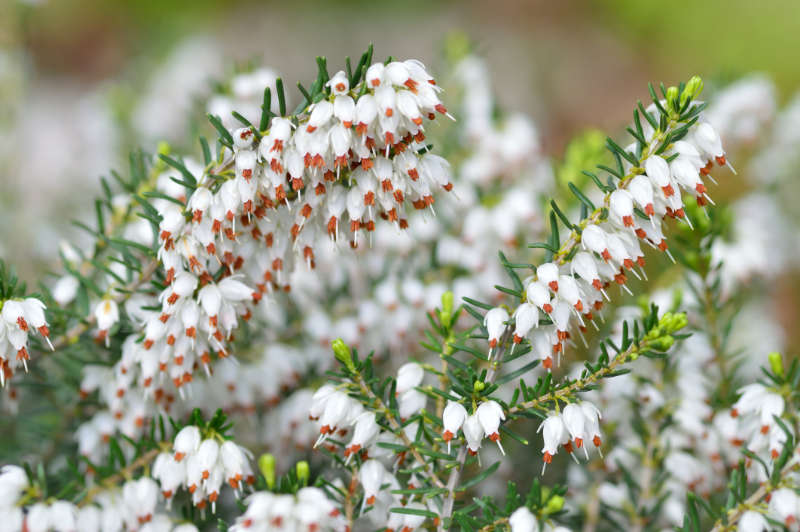
Seed and potting compost
Seed compost has the lowest amount of nutrients, which encourages the best germination and growth of tiny roots. A seed compost is much more in tune with the needs of a developing seed than a general multi-purpose compost.
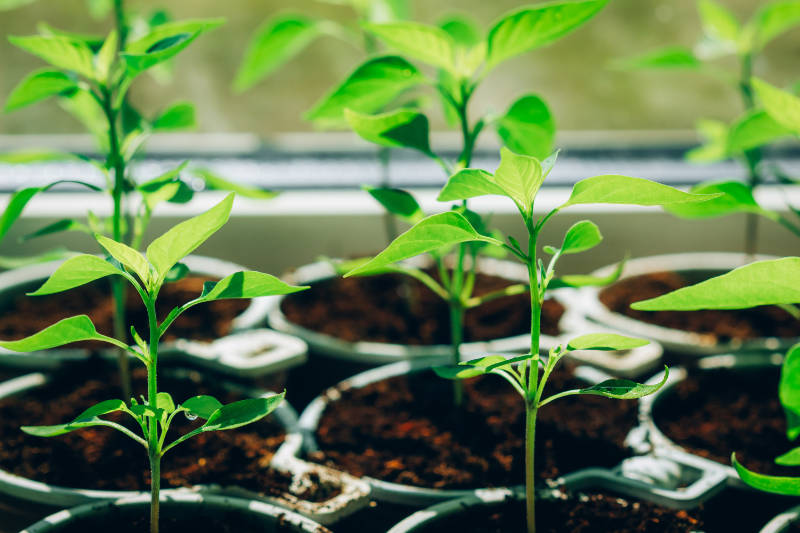
Low nutrient levels don’t affect the plant growth because individual seeds already contain a store of food to feed the developing plants.
Spent mushroom compost
This is generally cheaper than other composts and is often used as a soil conditioner or to mulch a bed. It is called ‘spent’ because it is left over from mushroom farming.
It has a high lime content so is ideal for the vegetable garden as veg crops, including brassicas, grow best when the soil is not acid. However, don’t place it near acid-loving plants like azaleas and rhododendron.
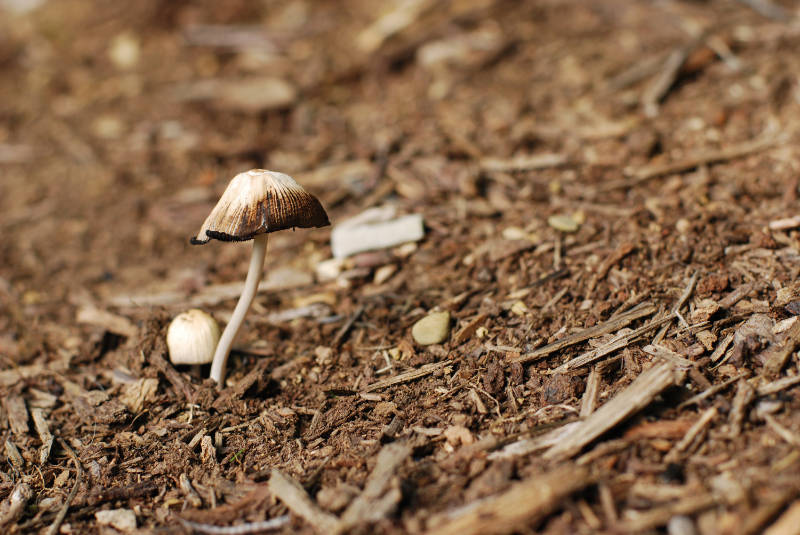
The RHS advises gardeners to use it in moderation, alternating with well-rotted manure or garden compost, which should help balance the alkaline nature of mushroom compost. It’s also not suitable for fruit crops, which need a more neutral or acid soil.
Animal manure
Animal manure is a fantastic soil conditioner, but it must be well rotted before adding to the soil, or the concentration of nitrogen will scorch young plants.
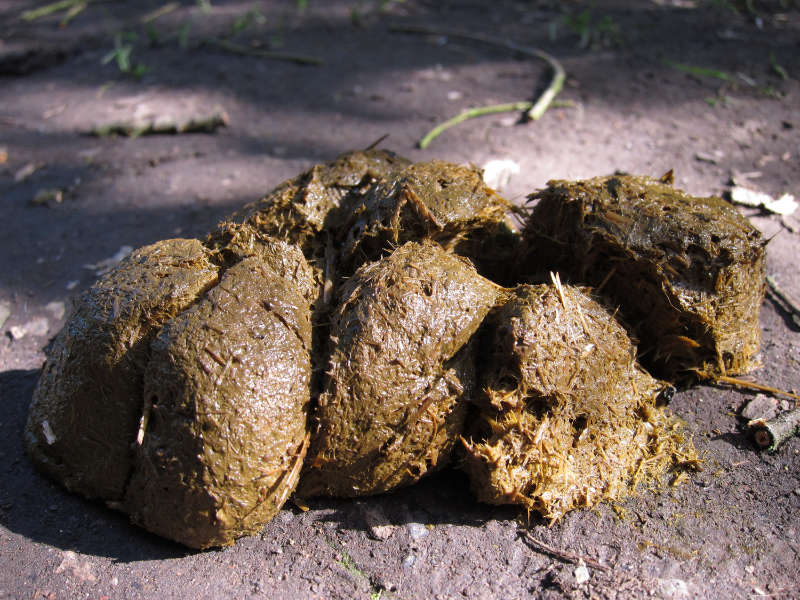
If you are offered fresh manure, you’ll need to create a space to rot it down for at least six months before spreading it across the soil in spring, a few weeks before planting. Break up any lumps by raking it and mix in some topsoil.
Best-selling compost
Stuck for inspiration? Check out our list of best-selling Amazon products!
- Outperforms ordinary peat free compost and ideal for all plants, flowers, fruit and veg
- Ready to use, no need to mix
- Smart release feeding for up to 3 months
- Compost is produced from high-quality peats with the addition of a superb and proven fertiliser
- Ideal for general garden use including containers and hanging baskets
- With a nutrient enhanced formula and wetting agent ideal for general garden use
- Flowering
- Potted Plants
- Flower Beds
- Perfect for beds an borders, hanging baskets, pots and tubs
- Unique texture of wood fibres to ensure optimum balance of air and water for strong roots
- Feeds for 6 weeks after planting
- USE: This all-purpose potting compost plant food is great for garden use including flower beds, hanging baskets, garden containers and more!
- NUTRIENTS: This multi-purpose compost is packed with nutrients from high-quality peats, with an added wetting agent, making it a superb fertiliser.
- QUALITY: Nutrient rich compost helps to promote and aid in growth of plants and flowers, resulting in strong, healthy, longer lasting plants.
Last update on 2024-03-28 / Affiliate links / Images from Amazon Product Advertising API
You may be interested in…
This article may include affiliate links to products and services where we may receive a small fee to support the running of this site if you make a purchase or is a sponsored article from one of our select editorial partners providing valuable advice and information to our readers.























































